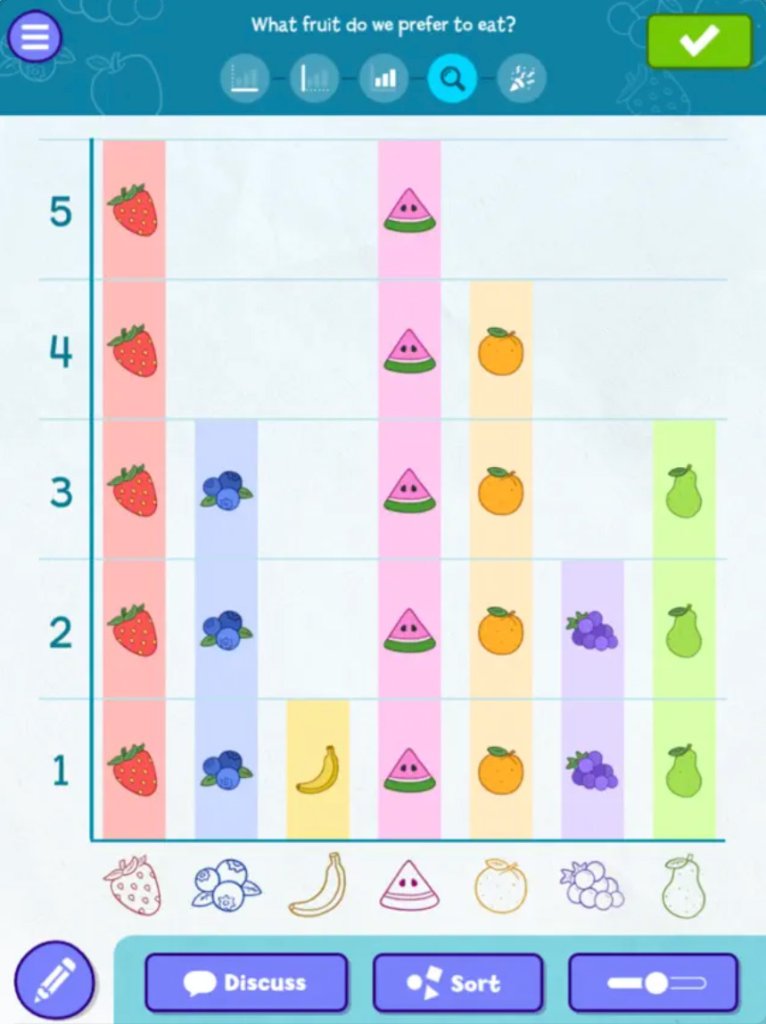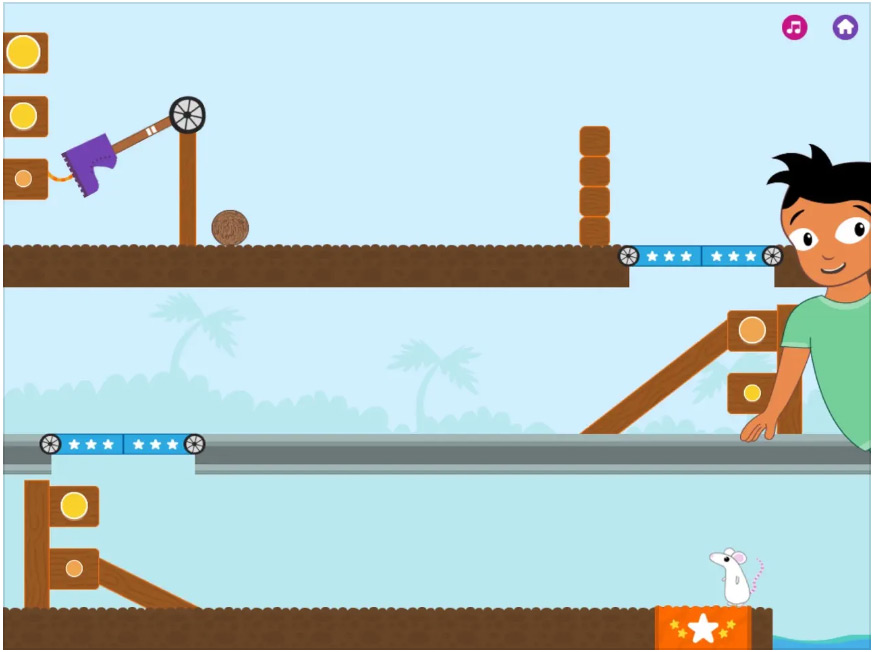Using Technology to Enhance Early Childhood Education
Edtech can advance learning goals and remove barriers to applying concepts, enhancing kids’ hands-on explorations.
Your content has been saved!
Go to My Saved Content.The pandemic accelerated the movement toward using technology at all levels of teaching and learning. While schools and homes were inundated with options of what educational technology to use, often the questions of why and when to use it were glossed over. Especially in early childhood, we must examine the questions of what technology trades off with in the learning environment and what nontechnological pedagogies and tools we must protect.
High-quality instruction takes place within a specific context, so how can we weigh the affordances of learning with and without edtech to balance the needs of early childhood teachers, their students, and their families?
Not To Tech
Using technology and media in learning, especially in early childhood, should never replace opportunities to build the critical relationships that form the foundation of a learning environment. For a child to learn, they must feel connected and valued within a community that recognizes strengths and challenges of all types, and that makes experimentation and mistakes normal and safe. Technology and media do not replace a caring interaction that demonstrates these values. Digital resources should therefore be used sparingly and for specified purposes that would be hard to accomplish without them.
Unfortunately, much of edtech is often purchased and delivered to educators without such considerations. In a recent study, we found that delivering even high-quality technology and media without support actually interfered with instruction and led to less time learning than if no tech had been used at all.
However, when teachers were provided with a curriculum that utilized video clips, online games, and apps to introduce and practice specific skills, and then used these resources in whole group and small group interactions to spark discussion and collaborative problem-solving, students learned more, teachers spent more instructional time focused on the learning goals, and teachers felt more confident in supporting learning of the content.
To Tech
At the Center for Children and Technology at the Education Development Center, we focus on engaging students, teachers, and families in learning through high-quality, play-based learning initiatives that utilize and integrate digital resources. Research demonstrates that edtech should be used only when it utilizes research-backed pedagogy, such as asking participants open-ended questions, providing multiple ways of engaging with a task, offering opportunities for collaboration between participants, and specifying tailored and in-the-moment feedback that drives new thinking or strategies.

All edtech resources should ensure that students are engaged in learning as it unfolds most naturally, by driving exploration and discovery through their own questions, at their own pace, and in their own ways. Therefore, we design and integrate edtech in service of the learners and the learning environment.
For example, the Preschool Data Toolbox App (free download in the App Store or on Google Play) helps young children learn about data collection and analysis. In a classroom setting, the time spent collecting and organizing data, and creating accurate and clear representations, is a significant barrier to teaching students about data. Simplifying and speeding up this process frees up valuable time for understanding and “reading” graphs.
At left, a quick question about a class’s favorite fruits is made into a graph, which could be used as part of a lesson about healthy eating or what children bring in their lunches. However, the app is not meant to be used exclusively to teach about data. Children still explore their environments with hands-on materials and physical movement, ask questions, and consider when collecting data can help answer questions. They create object and picture graphs and compare them with bar graphs in and out of the app. In this way, the app can facilitate and scaffold learning about data and analysis, and connect with other areas of the curriculum.

Similarly, in Early Science with Nico & Nor, developed in partnership with Digital Promise, SRI Education, and WGBH, Coconut Star is used to experiment with variables like force, incline, and surface material as a coconut is pushed and rolled to a target. Preschoolers can adjust inclines when the coconut rolls onto grass versus dirt versus metal, as well as the power of the kick that launches the coconut, and then get feedback about whether the coconut rolled too far, didn’t roll far enough, or reached the target. While the app does not replace experimenting with conditions of a ramp setup in real life, it does offer a controlled environment for more precise representations of scientific phenomena.
Each of these edtech examples uses technology intentionally to advance learning goals and remove barriers to seeing and applying concepts. But these resources never replace the hands-on explorations and child-driven questions and discoveries that unfold in a vibrant classroom.
Thus, when edtech is used in isolation, without consideration of learning goals and without integration into the larger curriculum or classroom structure, it is better not to tech. But when edtech is used in ways that enhance nontech materials and methods, they can be used productively to address specific learning goals in ways that align with typical classroom routines.
